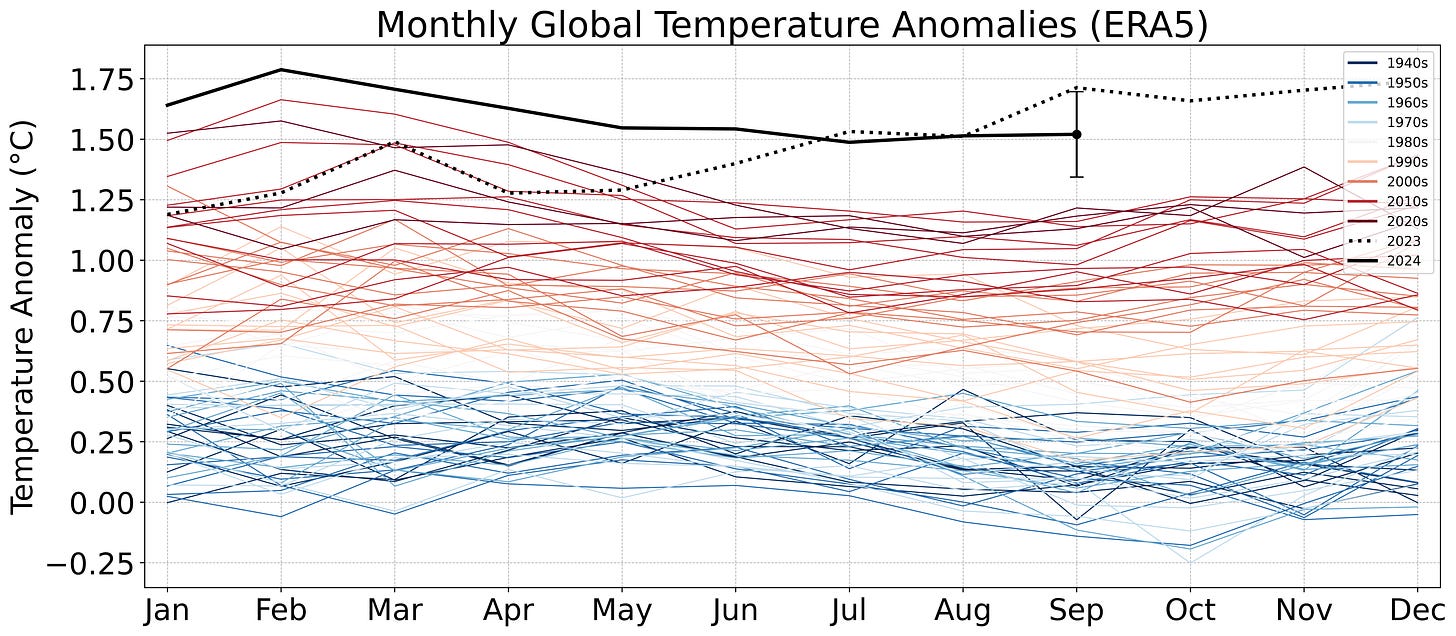Biomedicines, Vol. 11, Pages 1338: Links between Diet, Intestinal Anaerobes, Microbial Metabolites and Health
Biomedicines doi: 10.3390/biomedicines11051338
Authors: Sylvia H. Duncan Elena Conti Liviana Ricci Alan W. Walker
A dense microbial community resides in the human colon, with considerable inter-individual variability in composition, although some species are relatively dominant and widespread in healthy individuals. In disease conditions, there is often a reduction in microbial diversity and perturbations in the composition of the microbiota. Dietary complex carbohydrates that reach the large intestine are important modulators of the composition of the microbiota and their primary metabolic outputs. Specialist gut bacteria may also transform plant phenolics to form a spectrum of products possessing antioxidant and anti-inflammatory activities. Consumption of diets high in animal protein and fat may lead to the formation of potentially deleterious microbial products, including nitroso compounds, hydrogen sulphide, and trimethylamine. Gut anaerobes also form a range of secondary metabolites, including polyketides that may possess antimicrobial activity and thus contribute to microbe–microbe interactions within the colon. The overall metabolic outputs of colonic microbes are derived from an intricate network of microbial metabolic pathways and interactions; however, much still needs to be learnt about the subtleties of these complex networks. In this review we consider the multi-faceted relationships between inter-individual microbiota variation, diet, and health.

 1 year ago
31
1 year ago
31


